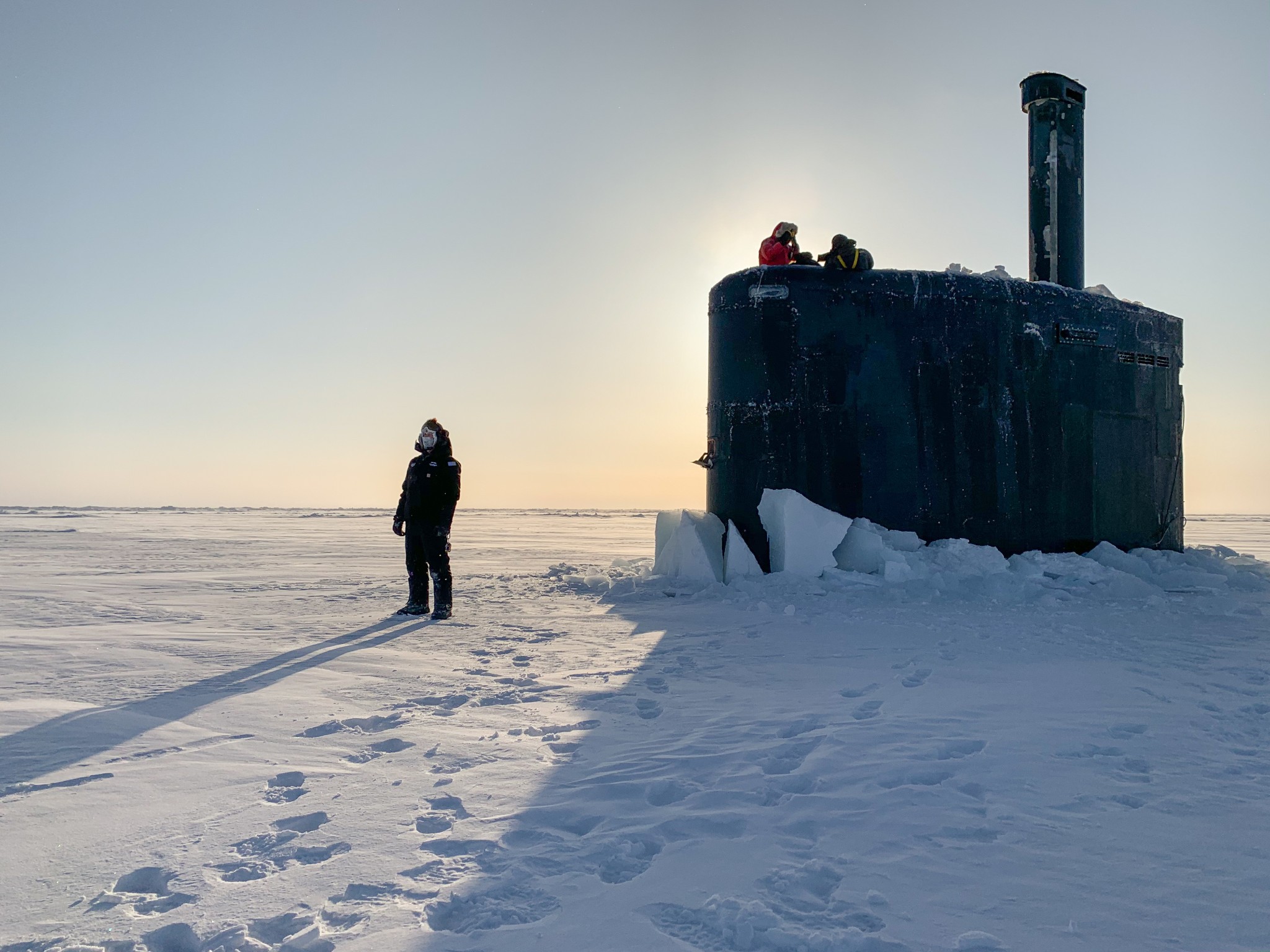 U.S. Navy photo by Mass Communication Specialist 1st Class Michael B. Zingaro
U.S. Navy photo by Mass Communication Specialist 1st Class Michael B. Zingaro
Frozen Cooperation: The Future of Arctic Cooperation
After Russia invaded Ukraine, much of the global community leveled brutal punishments and severed cooperation with the country. Arctic collaboration proved to be no exception, as the Arctic Council’s seven non-Russian members are now boycotting all future meetings of the multilateral organization. The Arctic Council, until recently, was one of the main forums to discuss issues related to the Arctic, such as oil drilling and indigenous communities. While Russia’s invasion of Ukraine is deplorable, cooperation within the Arctic Circle remains crucial to mitigate the consequences of climate change and prevent further militarization in the region.
The growing importance of the Arctic comes as climate change threatens the delicate regional environment and impacts indigenous communities’ way of life. Yet, with the breaking of the near-permanent ice, there are growing opportunities for commercializing mineral deposits and opening new shipping lanes. The Arctic Council was founded in 1996 as an institution where the eight Arctic nations, indigenous communities, and non-governmental organizations (NGOs) could work on sustainable development and environmental preservation in the Arctic Circle. Overall, the organization successfully facilitated dialogue among the Arctic powers, creating agreements on fishing, scientific cooperation, and international search and rescue. While there have been some issues recently over how the Arctic Council can be made more effective such as improved funding and establishing clear priorities, the work done by the organization has been remarkable throughout its existence.
Despite cooperation on several Arctic issues, geopolitical tensions escalated for years before the Arctic Council boycott. Russia has been looking to the Arctic to secure its economic future and achieve its return to great power status. To that end, Russia has pursued control of the Northern Sea Route through the construction of new airbases and seaports within the Arctic Circle, which can deny access to NATO and U.S. forces. In response to Russian militarization, the U.S. reactivated the Second Fleet in 2018 with a more explicit focus on the Arctic. It recently established the Ted Stevens Center for Arctic Security Studies. The U.S., alongside NATO, has pursued military exercises, most recently last month near Fairbanks, as a measure of deterrence against a possible Russian military engagement. While there hasn’t been a unilateral push to withdraw or cancel any agreements surrounding the Arctic, such actions by both sides threaten the progress made through multilateral agreements.
An increasingly militarized Arctic would be detrimental to American interests. To begin, the U.S. Arctic capabilities are far shorter than Russia’s. Russia has more than 40 icebreakers, more than all other Arctic nations combined, and administers over two dozen airfields and ports within the region. Russia’s military capabilities within the region remain formidable, and the U.S. cannot easily discount them in the medium term. Another issue with such militarization is that it would only worsen relations with Russia as such stances could threaten an arms race within the region. Relations are already at an all-time low between NATO and Russia, but an arms race in the Arctic could needlessly escalate tensions.
Lastly, militarizing the Arctic gives China and Russia a common cause on which to grow closer as both pursue a sphere of influence within the Arctic Ocean. China considers itself a “near-Arctic state” as its 2018 white paper notes the region’s importance in fighting climate change, shortening shipping times, and improving access to natural resources. However, at best, Russia has expressed lukewarm enthusiasm towards China’s ambitions, as China has been constructing deep-sea ports and developing hydrocarbon projects. Friction in the region offers an opportunity to draw out the divisions and conflicts in the Russia-China relationship, stifling any great power balancing act they might hope to achieve jointly. Increasing tensions with Russia in the Arctic would encourage Putin to build closer ties with China, making it difficult to separate both countries in the long term.
The U.S. will most likely continue collaborating with most Arctic states in a different capacity but excluding Russia from any future cooperation can reverse the delicate progress made within the Arctic Council. It will also encourage an arms race that the U.S. can ill afford as it remains focused on East Asia and Europe. Instead, the United States would be best served by encouraging cooperation between the Arctic states, including Russia, to provide fair and equal access to the Arctic Ocean, preserve the delicate environment, maintain consistent dialogue over incoming issues, and construct cordial ties between Arctic nations. Such actions don’t condone Russia’s reprehensible actions in Ukraine but leaving the door closed on the Arctic could cost the world more than a few polar bears.





